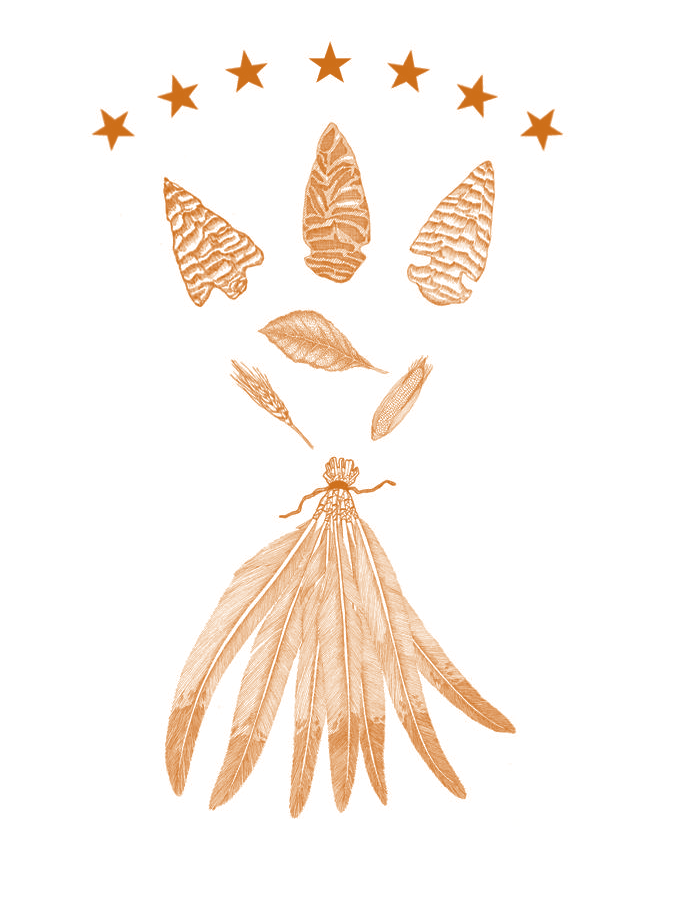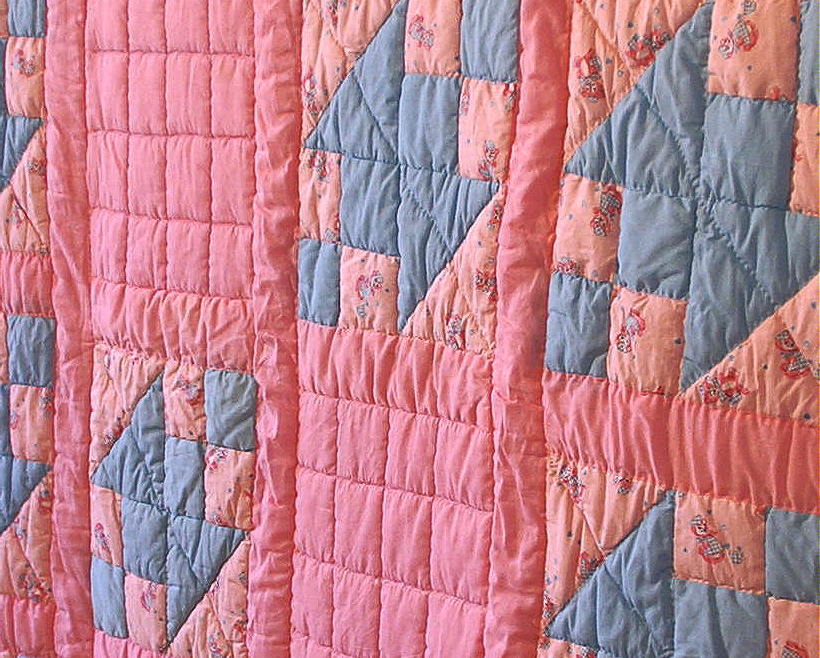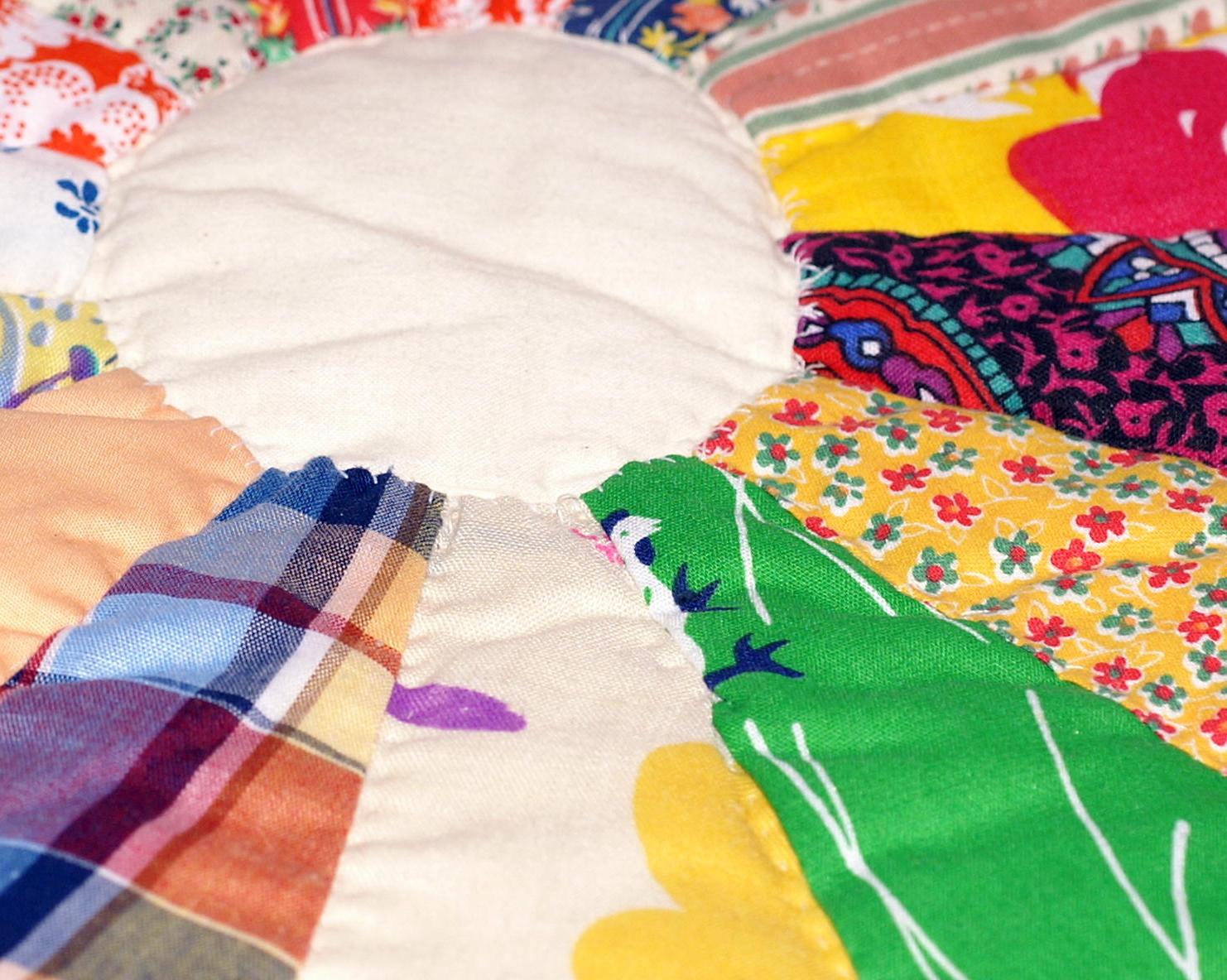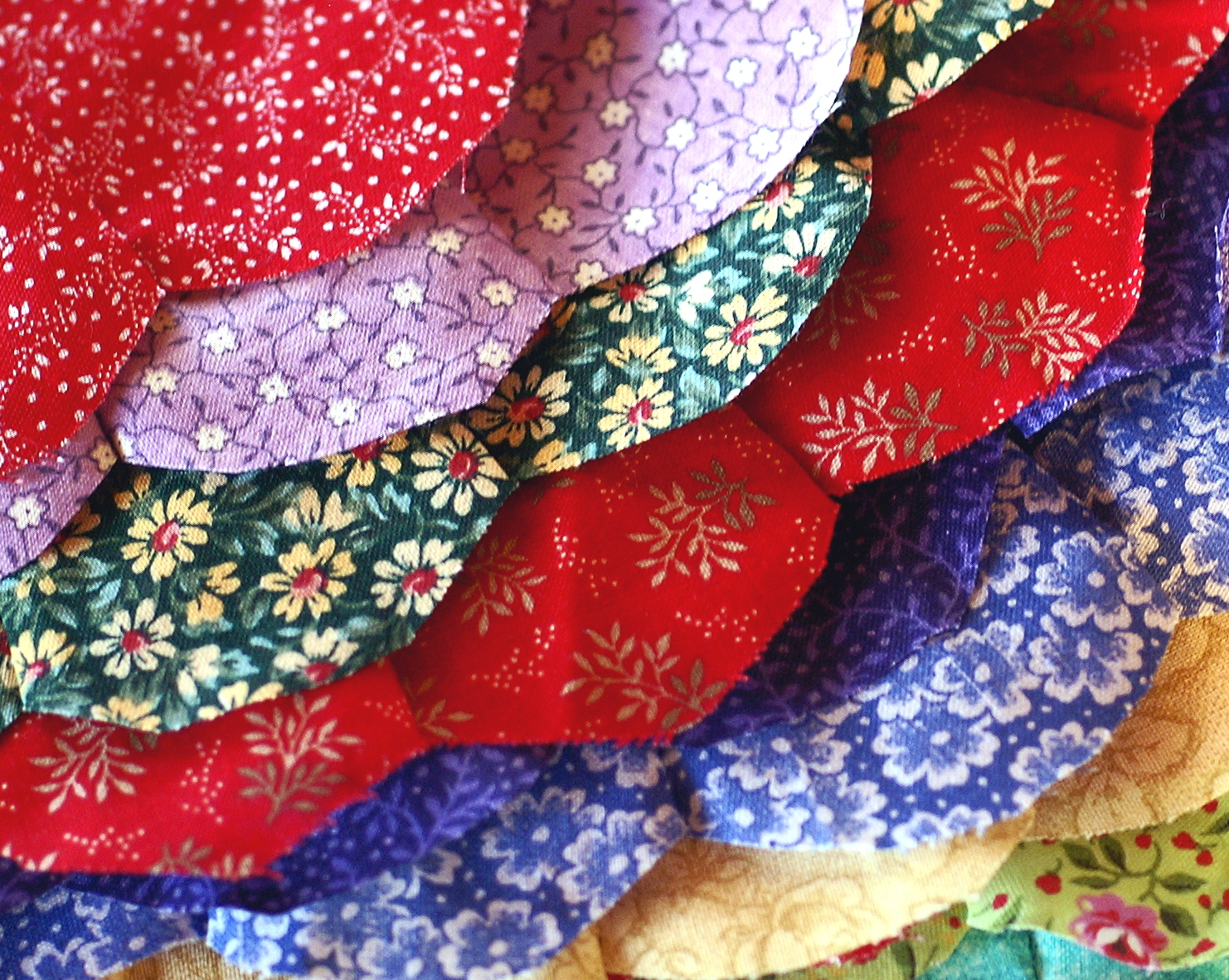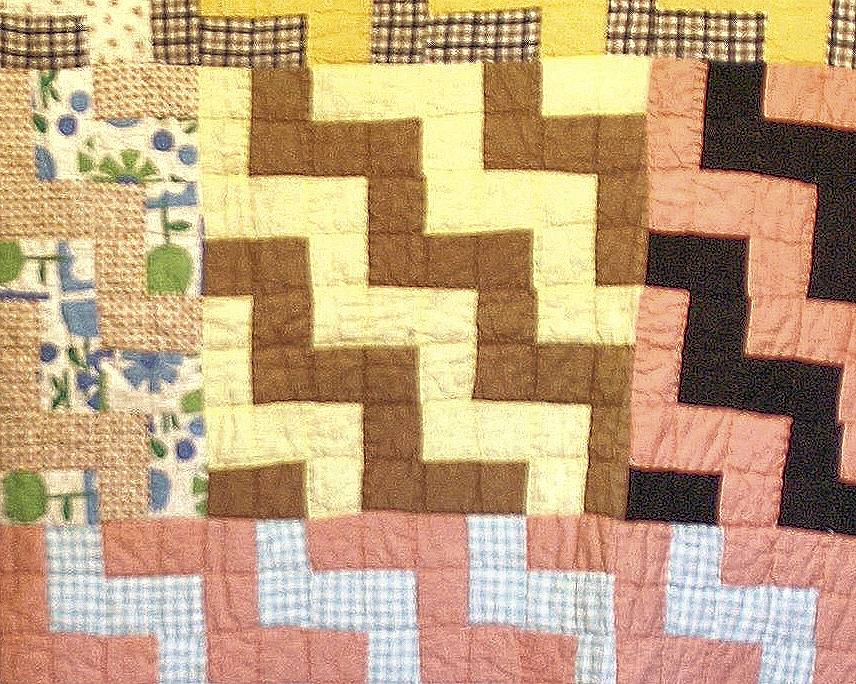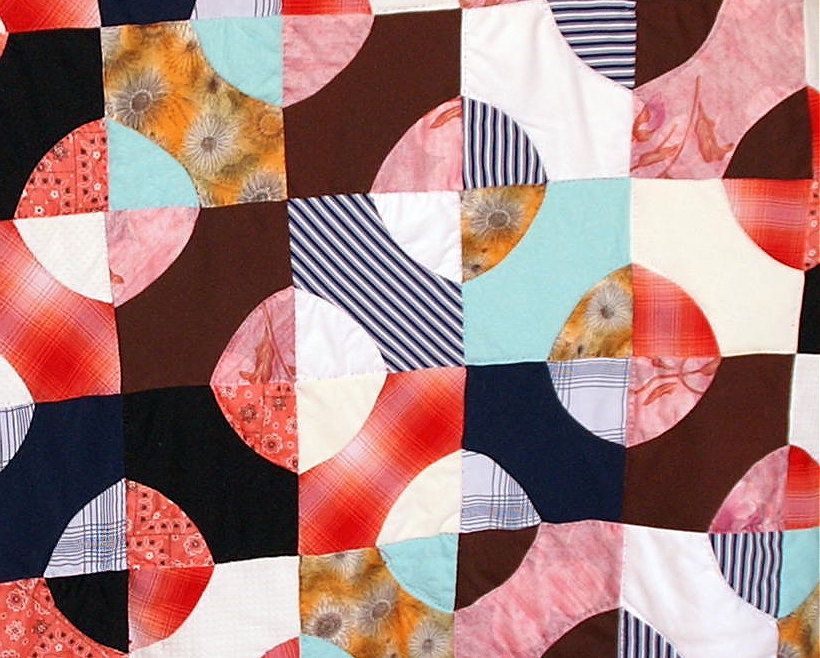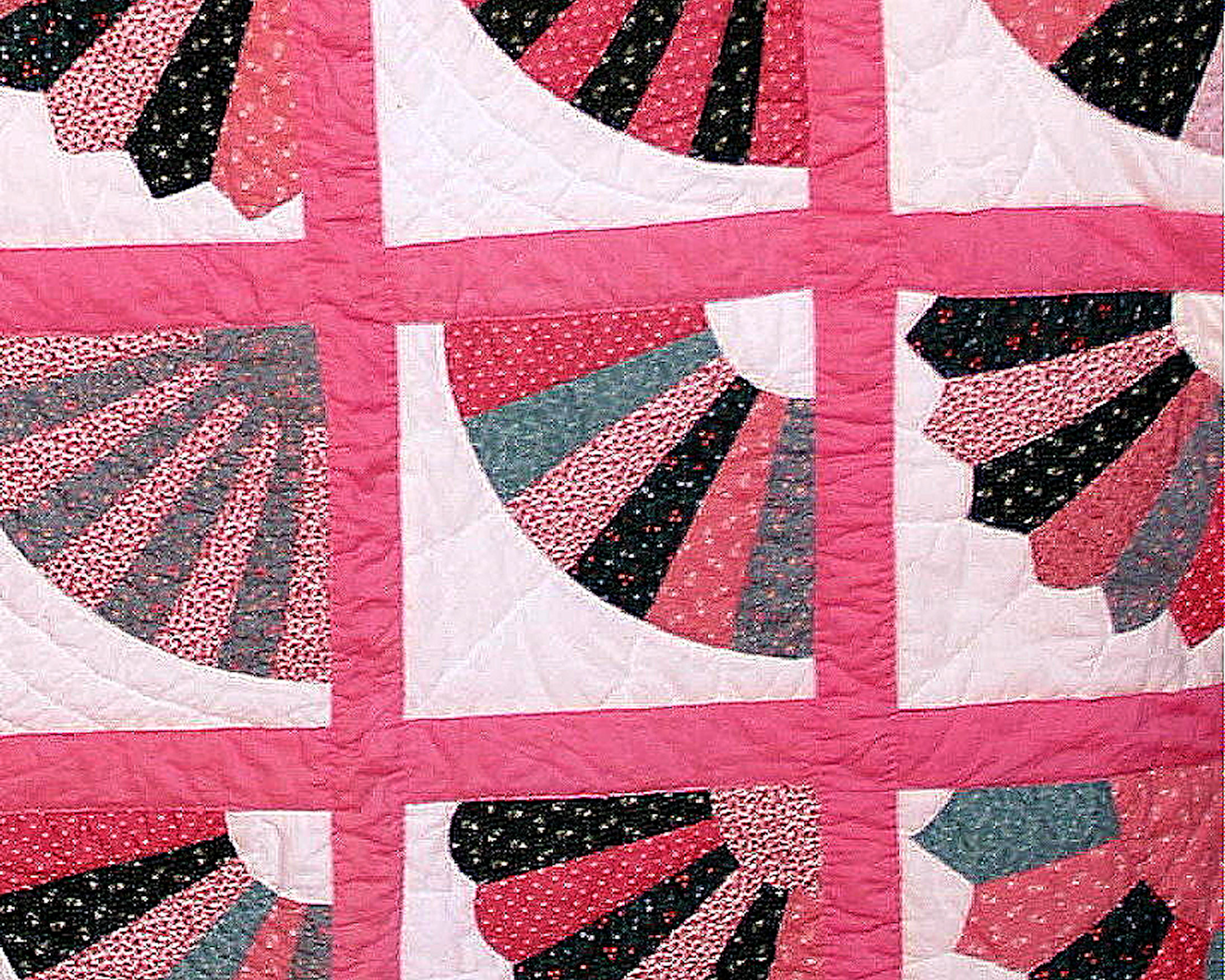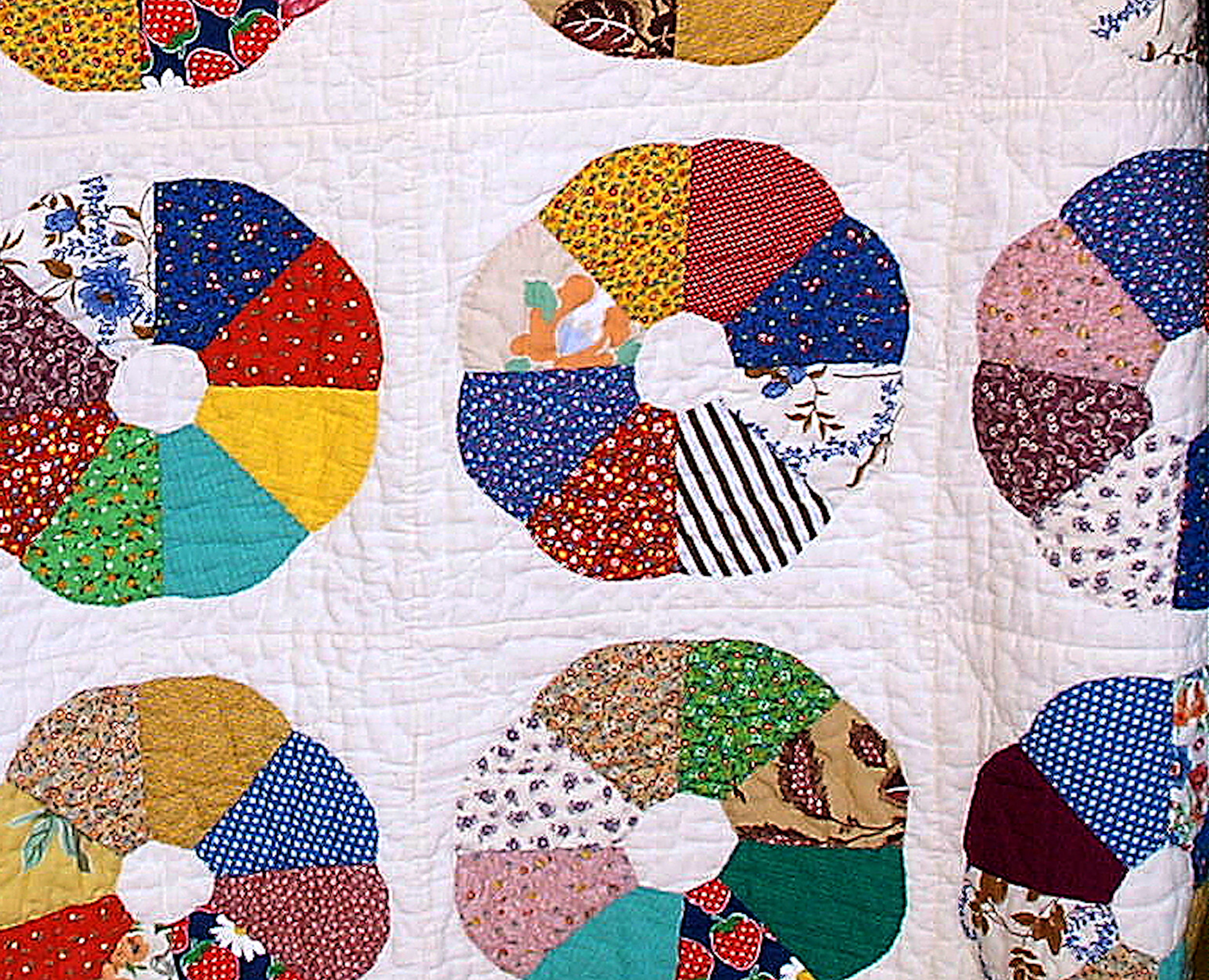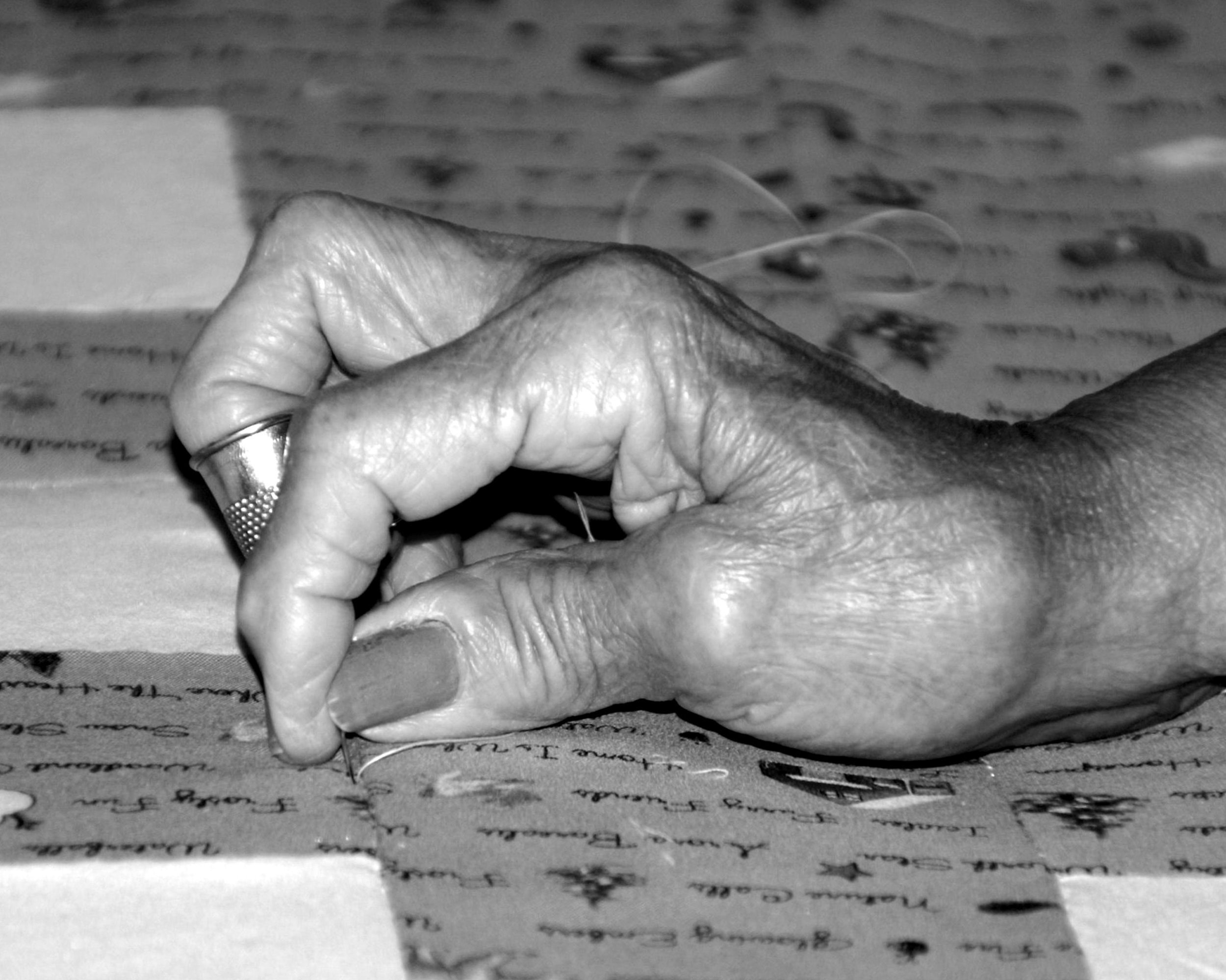Our Quilts - Beauty in Comfort, Security, and History
/by Kara Stewart, all photography courtesy of Kara Stewart, please do not copy without permission
Silver needles flicking up and down, logs popping in the wood stove, talk and laughter, soup pots clanking in the kitchen, the murmur of elders to youth around the quilting frame. Singing. This is a contemporary quilting party at the Sappony Tribal Center. Our elders teach our youth to quilt, to sew. Those who know how, show others how to bead, make ribbon skirts, document ourselves. Those who have brought stew for a cold January day prepare and share. Our Sappony stew, from our annual fall stew event.
Those who are in need of community, of strength from each other, come.
We have always depended on each other. For strength, emotional and physical. For comfort, for healing. We are only as strong as the weakest among us. We have always lifted each other up.
In 1714, we were at Fort Christanna in Virginia. Even then, our people traded much of our deerskin-wear for broadcloth and the blue and red wool of the colonists to make leggings, skirts, blankets and matchcoats. Our young men wrapped themselves fiercely in blue and red stroud cloth as they met with colonists at the fort.
Over 200 years later, during the Depression, we were in High Plains. Our handmade quilts kept us warm on feather- or straw-tick during cold nights.
And in years after that, in the 1940s and 50s, we still made beautiful, warm patchwork quilts out of old clothes, flour and feed sacks. Any fabric we could find, really. Necessity married with creativity, originality, and artistry; the children of that union were beautiful examples of comfort, security, and history.
“Years ago, sleeping was hot in the summer and cold in the winter. The houses had no insulation . . . Many times people slept upstairs right under the tin roof. Children shared the bed with brothers and sisters. Those who slept on feather tick beds were hotter in the summer but warmer in the winter. Those who slept on straw tick mattresses had the opposite situation - they were cooler in the summer but colder in the winter . . . Throughout the year, the ladies of the community worked at nighttime individually on quilting pieces. When the pieces were sewn, all the ladies got together and had a quilting party, usually in the fall or winter. Like the corn shucking, hog killing and wood cutting, this work party moved from house to house, which helped all the families in the community. The ladies quilted at one house at a sitting to finish that family’s quilts in time for cold weather, then moved on to the next house, sharing work, food, and company each time. Stretching the work-in-progress over a large wooden quilting frame, the ladies sat around it as at a table, and worked the thick quilt to completion. If they finished one good, heavy quilt for that family, they started work on a second one.” - from the Sappony Heritage Program booklet.
For the news write up of our 2019 Quilting Bee, please see 2019 Quilting Bee in our Community News section.
“In the winter, every time we turned over, my aunt was up there putting another quilt on us! By the time we woke up in the morning, we couldn’t move!”
- Musette Martin
Listen as an elder softly runs her hands over the patchwork on a family quilt, reminiscing about the skirt she wore made from that flour sack, or the pajamas your great great grandmother made your great uncle from that feedsack piece. Listen and remember.
